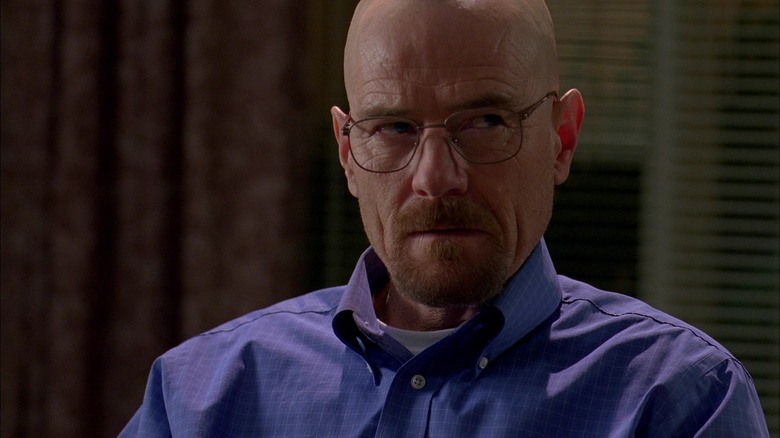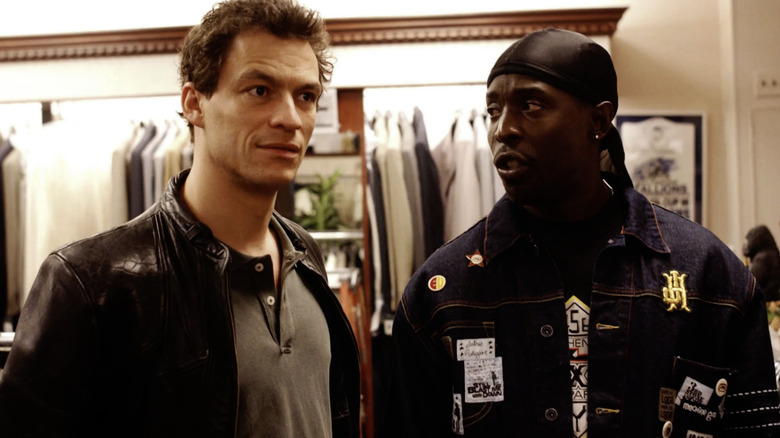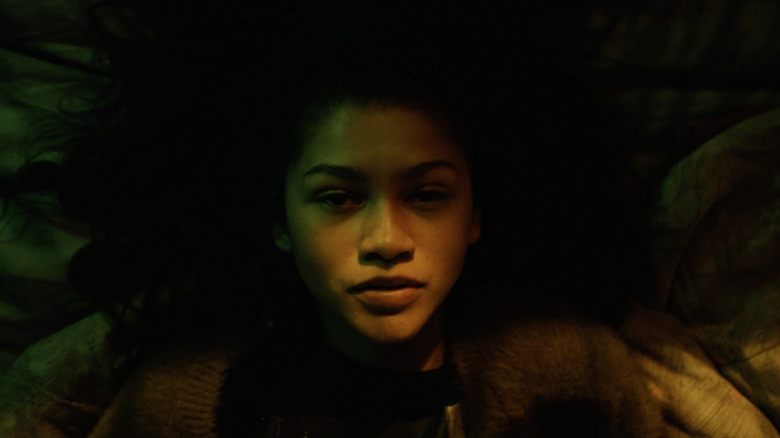How Accurate Is Drug Trafficking In TV Shows Like Breaking Bad?
In Hollywood, everything is not what it seems. The camera is only a reflection of the reality filmmakers put in front of it, therefore, specific experiences portrayed beyond the cast and crew's reach can sometimes be quite flawed. While the addictive thrill of a "Criminal Minds" episode starring enigmatic TV character actors may come off as smart, real law enforcement professionals might have other opinions.
That's why Vanity Fair interviewed Craig Chretien, a retired Drug Enforcement Administration (DEA) agent, and had him analyze a selection of drug trafficking scenes from popular film and TV to share his findings. Chretien's observations shined light on the mildly true to the absurdly false, so how does the portrayal of drug trafficking in film and TV stack up to the real thing?
There are degrees of truth in even the most accurate shows
Early on in the video, Chretien credits "The Wire" as one of the most realistic shows about drug trafficking, particularly because of the amount of research and experience creator David Simon put into the show. Co-creator Ed Burns was also a police reporter and implemented those experiences into the show's elevated take on the police procedural drama. However, one unrealistic element Chretien noted was how the series portrayed the surveillance of a suspect by car. This is a process that would normally involve at least three cars minimum, so as to not raise suspicion or give away to the suspect that they are being tailed. "Attempting to do surveillance with one car is pretty much useless," he said.
In "Breaking Bad," Chretien called Walt and Jesse's makeshift RV a "Beavis & Butthead-type lab," to describe an amateur set up such as theirs, but stressed it's not an unlikely shape for a drug lab to take. One thing that particularly broke immersion for Chretien was the fact that Walt was supposedly an experienced chemist, but was not wearing proper protection throughout the scene as he mixed toxic chemicals. "A real chemist wouldn't go without having all the protection to start mixing these types of chemicals," Chretien points out. Though Walt's god complex certainly informs his recklessness throughout the show, it is a funny oversight to pick out.
Storytelling is the main priority over accuracy
One particular throughline for inaccuracy was how these films and shows portrayed the investigation of a target's home. While watching a clip from 2014's "Sabotage," Chretien pointed out that the team did not have a proper strategy meeting before entering the apartment, and one target was hastily shot in the back while they tried to escape, which was, uh, not great. "Somebody's probably going to get indicted over that very poor police procedure," he quipped.
One officer played by Mireille Enos also does a taste test of the meth on the job. Chretien warns that the consumption of unknown substances could potentially be fatal, and that a "taste test" would not fly in a proper investigation.
Obviously, 100% accuracy is not something most creatives are striving for. Yes, the shootout scenes by DEA officers in "Euphoria" are unrealistic, but they are also in line with the show's maximalist, over-the-top tone. Filmmakers are prioritizing the story and characters first and seek accuracy when it benefits them the most, but it is still fun and enlightening to see the insight actual professionals can give us about entertainment centered on their fields.


